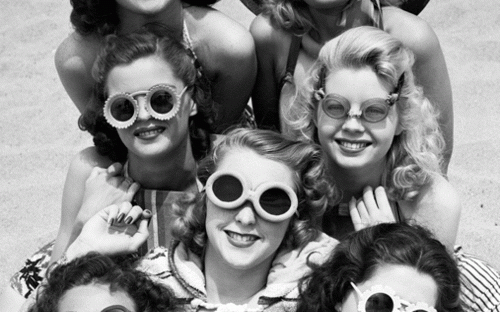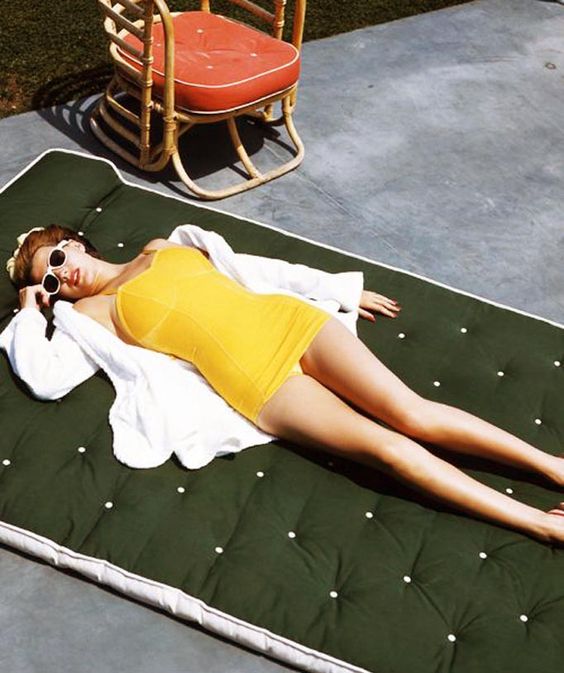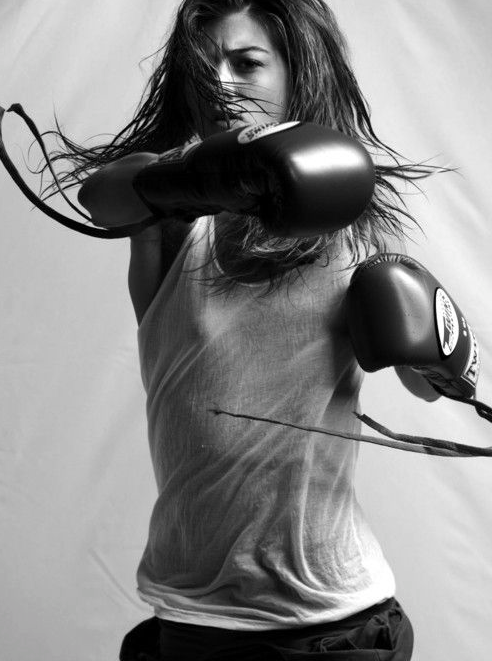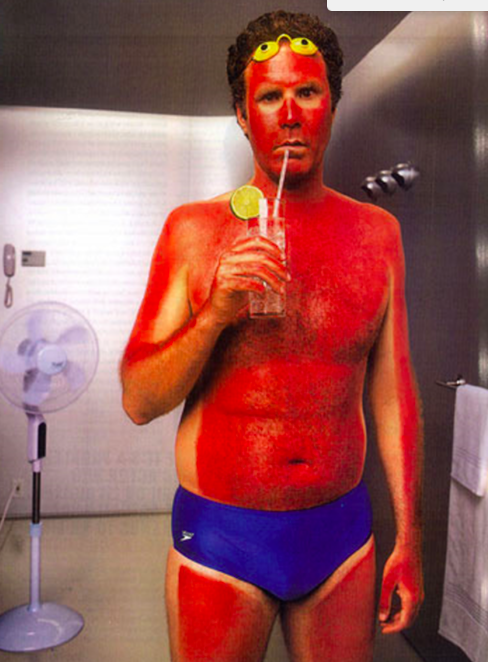Overwhelmingly, studies have demonstrated the crucial role sunscreen plays in skin health and in the prevention of skin cancers but still, there’s a lot of myth-information circulating when it comes to sunscreens. These myth-informations periodically make the media rounds, undermining our national sunscreen message of ‘slip slop slap’, and worse, potentially exposing people to the risk of skin cancer…..but not on my watch!
My unwavering stance on sunscreen has always been apply sunscreen rain ,hail and shine!
And in fact…..
Susan says, ‘Sleeping is the only activity, which doesn’t require sunscreen use ! ‘
Even though the Sunsmart message has been around for a long time, still some myths prevail. Responsible for the malingering myths may be due, in part, to the confusion around labelling, ingredients and the types of sunscreens marketed i.e.; physical/chemical and their mechanism of action.
Hitch a ride on my sunscreen high horse whilst I prevent some premature aging, skin cancers and bust a few myths, which have been trotted out by the myth-Informed.
Myth-busting the Myth-understandings…..
# Myth 1 – Its cloudy outside so I wont get burn’t !
Busted Just because it’s a cloudy day doesn’t mean the suns ray’s can’t penetrate cloud cover! 80% of UV rays are able to penetrate through clouds and may be more intense as the sun’s rays reflect off the bottom of the clouds. Remember you don’t need to be in direct sunlight to be exposed to UV rays and also UV rays can penetrate glass, including tinted car windows!
# Myth 2 – My makeup has a sunscreen in it, isn’t that enough?
Busted No! Generally makeups provide very little protection with SPF’s of 15 or less and need to be reapplied throughout the day to be effective….problematic! Why not incorporate your daily moisturiser with an SPF of 30 or above and perhaps choose a mineral based powder for your foundation which can easily be reapplied throughout the day. Don’t forget the rest of your body either. Why not choose a sunscreen, which doubles as a moisturiser and includes an SPF of 30 or higher?
#Myth 3 People with darker skin type don’t get skin cancer!
Busted People of all skin colour get skin cancer! Bob Marley was diagnosed with Melanoma which was found underneath his large toe nail! Darker skin has been evolutionary for people who live in hotter climates to providing a natural protection from the sun’s harsh rays. However the skin’s natural protective properties does not replace the protection provided by sunscreen in order to prevent skin cancer . It’s true darker skinned people do have a lower risk of skin cancer when compared to fairer skinned people but unfortunately diagnosis is generally made at a later stage making for a poor prognosis.
# Myth 4 Solariums provide a great base tan for holidays!
Busted By now most of us now know solariums significantly increase our risk of melanoma and skin cancers and should be avoided at all costs. There is never a safe way to tan, nor can a tan provide any protection from the sun! If solariums were used prior to the age of 35 the risk of acquiring skin cancer rises to almost 60%…..this statistic lead to the banning of commercial solariums within Australia.
# Myth 5 Wearing sunscreen will make me Vitamin D deficient!
Busted Yes, vitamin D is important for overall health but for the majority of skins, walking to the car, or simply hanging the washing on the line can achieve the required exposure needed to synthesise Vit D in our bodies. Dermatologists don’t recommend getting Vit D from sun exposure, preferring food sources rich in Vit D such as fish oil, salmon and sardines, soy milk, eggs, fortified dairy products and mushrooms.If you’re concerned about Vit D deficiency please see your Doctor who may suggest supplementation.
#Myth 6 Sunscreens make me breakout!
Busted If this happens you may be choosing the wrong sunscreen for your skin type! As with any skincare product, sunscreen should be tailored to skin type, activity and environment. Avoid heavy occlusive sunscreens if you’re prone to breakouts and congestion, opting instead for a zinc-based, water-based emulsion which can provide protection in addition to it’s healing properties. Also if you’re sensitive to para-aminobenzoic acid (PABA) consider buying brands that do not contain the compound.
#Myth 7 Waterproof means it doesn’t need to be reapplied!
Busted Sunscreens labeled waterproof must be able to maintain their SPF rating for 80 minutes of prolonged water exposure. However they do lose their effectiveness especially after excessive sweating, swimming or towelling off, so it’s best practice to reapply every 2 hours and follow the directions on the label.
On repeat……The best sunscreen is the sunscreen you will use, no excuses!
If you’d like to leave a comment for the jockey in this blog, I’d love to hear your thoughts?
ASkinSolutions X










